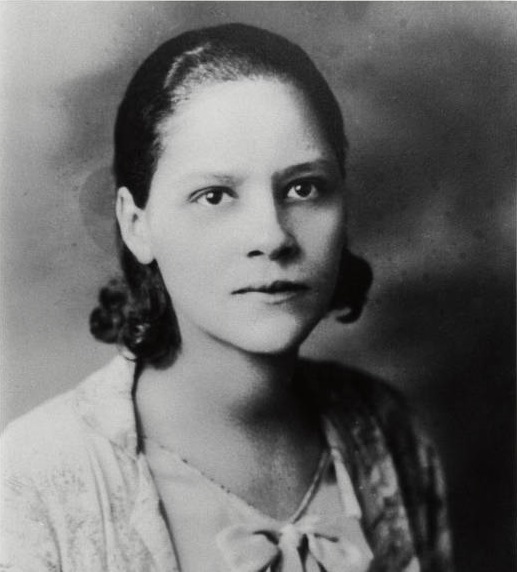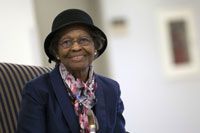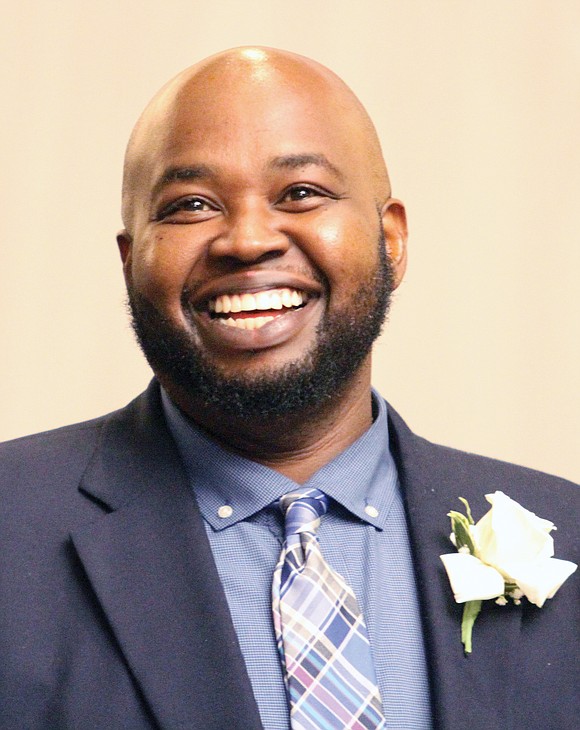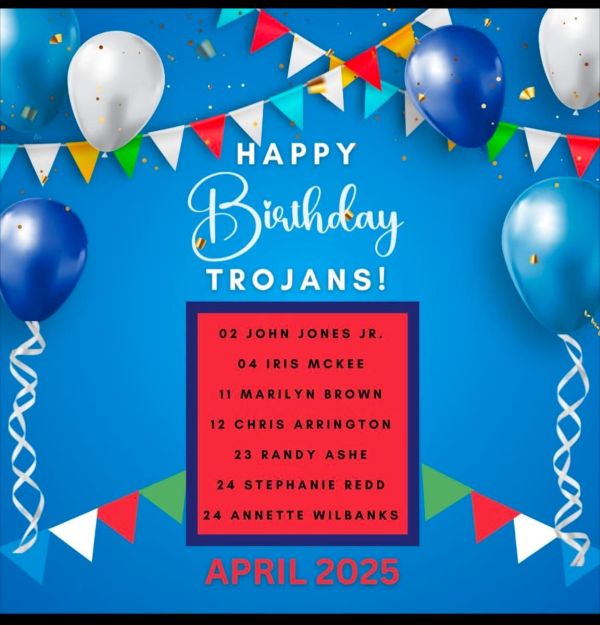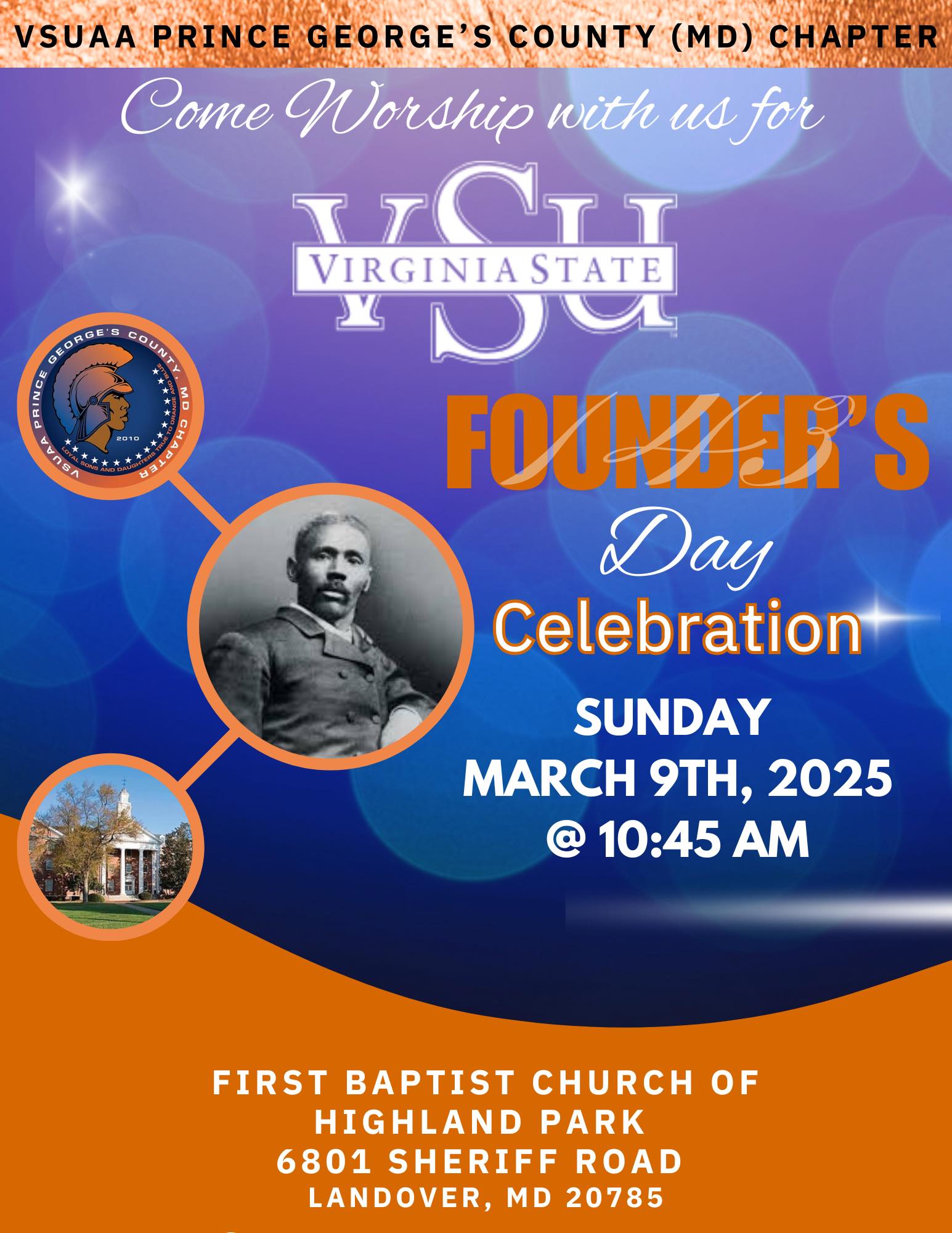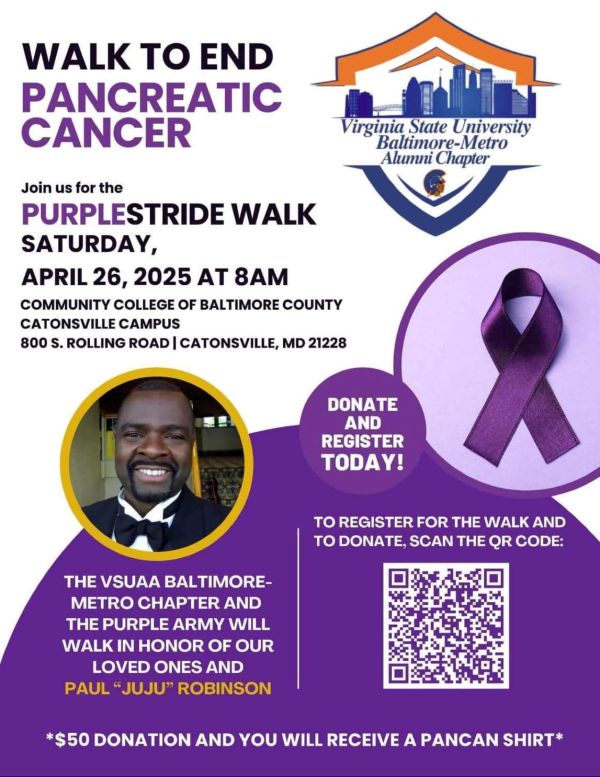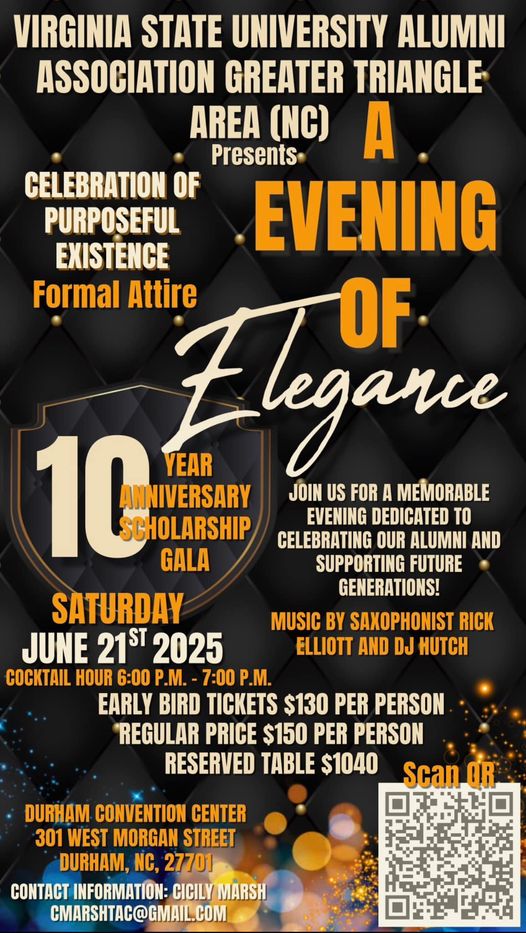Joining a local VSUAA chapter allows you to enhance Virginia State University's public image on the local level. Click on the link below to connect you to your preferred chapter of interest.
Come worship with us for Founder's Day at the First Baptist Church of Highland Park
Sunday, March 9, 2025 - 10:45 AM
Click Here
___
Click on the links below for other chapter-related activities and events:
VSUAA Baltimore Metro Alumni Chapter and the VSUAA Purple Army Chapter invite you to join the PurpleStride Walk to help end Pancreatic Cancer
Saturday, April 26, 2025, at 8 AM.
Community College of Baltimore County
Catonsville Campus
800 S. Rolling Road, Catonsville, MD
___
Click on the link below for more information:
Join us for a memorable evening celebrating our alumni and supporting future generations.
An Evening of Elegance at our 10th Anniversary Scholarship Gala
Saturday, June 21, 2025
Durham Convention Center
301 West Morgan Street
Durham, NC 27701
Early Bird Tickets: $130 per person
Regular Price: $150 per person
Reserved Table: $1,040
Contact Information: Cicly Marsh
___
Click on the links below for other chapter-related activities and events:
 Instagram
Instagram













